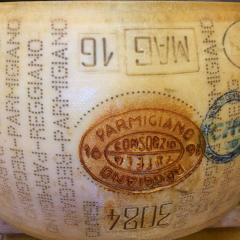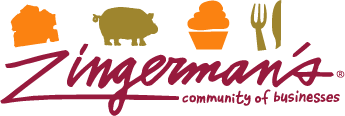
Parm Project: Visiting Caseificio Ravarano #3084, 600 Meters
Have you heard about our Parm Project? Throughout the Zingerman’s Community of Business we’ve embarked on a project to source Parmigiano Reggiano from multiple dairies in Italy’s Parma region and share them with you. We want to spread the word that this cheese is not a singular thing—there are a range of flavors and characteristics […]
Read more »
Zingerman’s Art for Sale